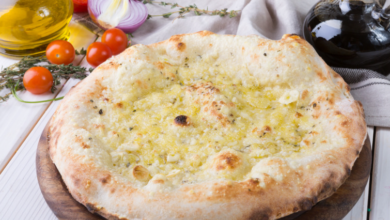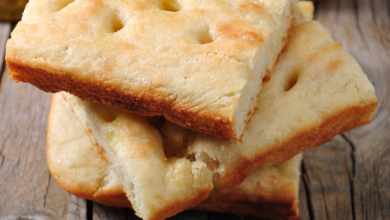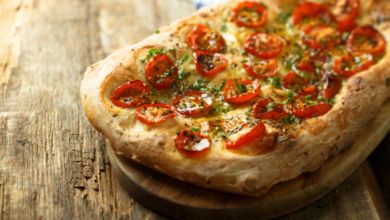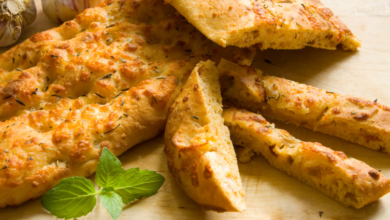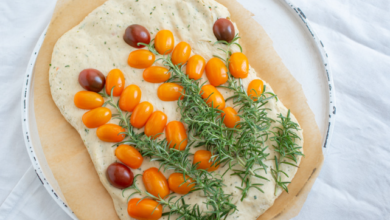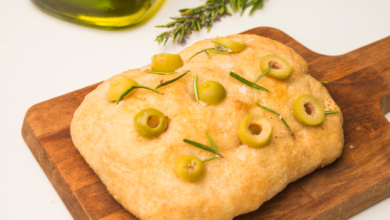Which Flour Should You Use For Focaccia?
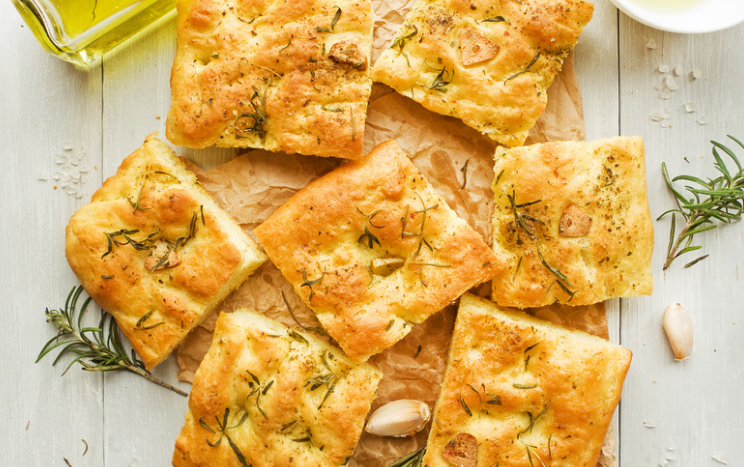
What To Know
- For example, a blend of 00 flour and bread flour can provide a balance of texture and flavor.
- However, if you prefer a chewier texture, you can use a blend of 00 flour and bread flour.
- Whether you prefer a soft and airy focaccia or a chewier variation, this guide provides the knowledge to make informed decisions and create a masterpiece that will delight your taste buds.
Focaccia, the beloved Italian flatbread, is renowned for its airy texture, golden crust, and tantalizing aroma. To achieve this culinary masterpiece, selecting the right flour is paramount. This guide will delve into the intricacies of flour varieties, their impact on focaccia, and ultimately reveal the ideal flour for this delectable treat.
Types of Flour
00 Flour
00 flour, also known as “double zero” flour, is finely ground Italian flour with a low protein content (9-11%). Its delicate texture produces a soft and pliable dough, making it a popular choice for focaccia.
Bread Flour
Bread flour has a higher protein content (12-13%) than 00 flour. This results in a stronger dough with a chewier texture. While it can be used for focaccia, it may not yield the same airy crumb as 00 flour.
All-Purpose Flour
All-purpose flour is a versatile option with a moderate protein content (10-12%). It can produce a decent focaccia, but it may not be as flavorful or airy as focaccia made with 00 flour.
Whole Wheat Flour
Whole wheat flour is rich in fiber and nutrients. It can be used to make a hearty and wholesome focaccia, though it may be denser and less airy than focaccia made with refined flour.
Blends
Some bakers prefer to blend different flours to create a custom mix. For example, a blend of 00 flour and bread flour can provide a balance of texture and flavor.
Factors to Consider
Protein Content
Protein content affects the strength and elasticity of the dough. Higher protein flours produce chewier bread, while lower protein flours result in a softer texture.
Absorption
Different flours have varying absorption rates. 00 flour absorbs more water than bread flour, so it is important to adjust the liquid content accordingly.
Flavor
The type of flour can influence the flavor of the focaccia. Whole wheat flour imparts a nutty flavor, while 00 flour produces a more neutral taste.
Which Flour is Best?
Based on the factors discussed above, 00 flour is the ideal choice for focaccia. Its low protein content and high absorption rate create a soft and airy crumb with a crispy crust. However, if you prefer a chewier texture, you can use a blend of 00 flour and bread flour.
Tips for Using Different Flours
00 Flour
- Use slightly more water than usual to compensate for its high absorption rate.
- Allow the dough to rise for a longer period to develop flavor and texture.
Bread Flour
- Use less water than usual to create a stronger dough.
- Knead the dough thoroughly to develop the gluten.
All-Purpose Flour
- Use a slightly higher protein all-purpose flour (11-12%).
- Add a bit of vital wheat gluten to enhance the dough’s strength.
Whole Wheat Flour
- Use less water than usual to prevent the dough from becoming too dense.
- Add a bit of white flour to lighten the texture.
Summary: Unleashing the Perfect Focaccia
The choice of flour is a crucial step in crafting an exceptional focaccia. By understanding the properties of different flours and their impact on the bread, you can select the ideal flour to suit your preferences. Whether you prefer a soft and airy focaccia or a chewier variation, this guide provides the knowledge to make informed decisions and create a masterpiece that will delight your taste buds.
Frequently Asked Questions
Q: Can I use gluten-free flour for focaccia?
A: Gluten-free flours can be used, but the texture and flavor may differ from traditional focaccia.
Q: How long should I knead the dough?
A: Knead the dough until it becomes smooth and elastic, about 5-10 minutes.
Q: What is the ideal temperature for rising the dough?
A: The dough should rise in a warm place (75-85°F) for about 2-3 hours.
Q: How do I know when the focaccia is done baking?
A: The focaccia is done when it is golden brown on top and sounds hollow when tapped.
Q: Can I store focaccia?
A: Focaccia can be stored at room temperature for up to 3 days. It can also be frozen for up to 2 months.
